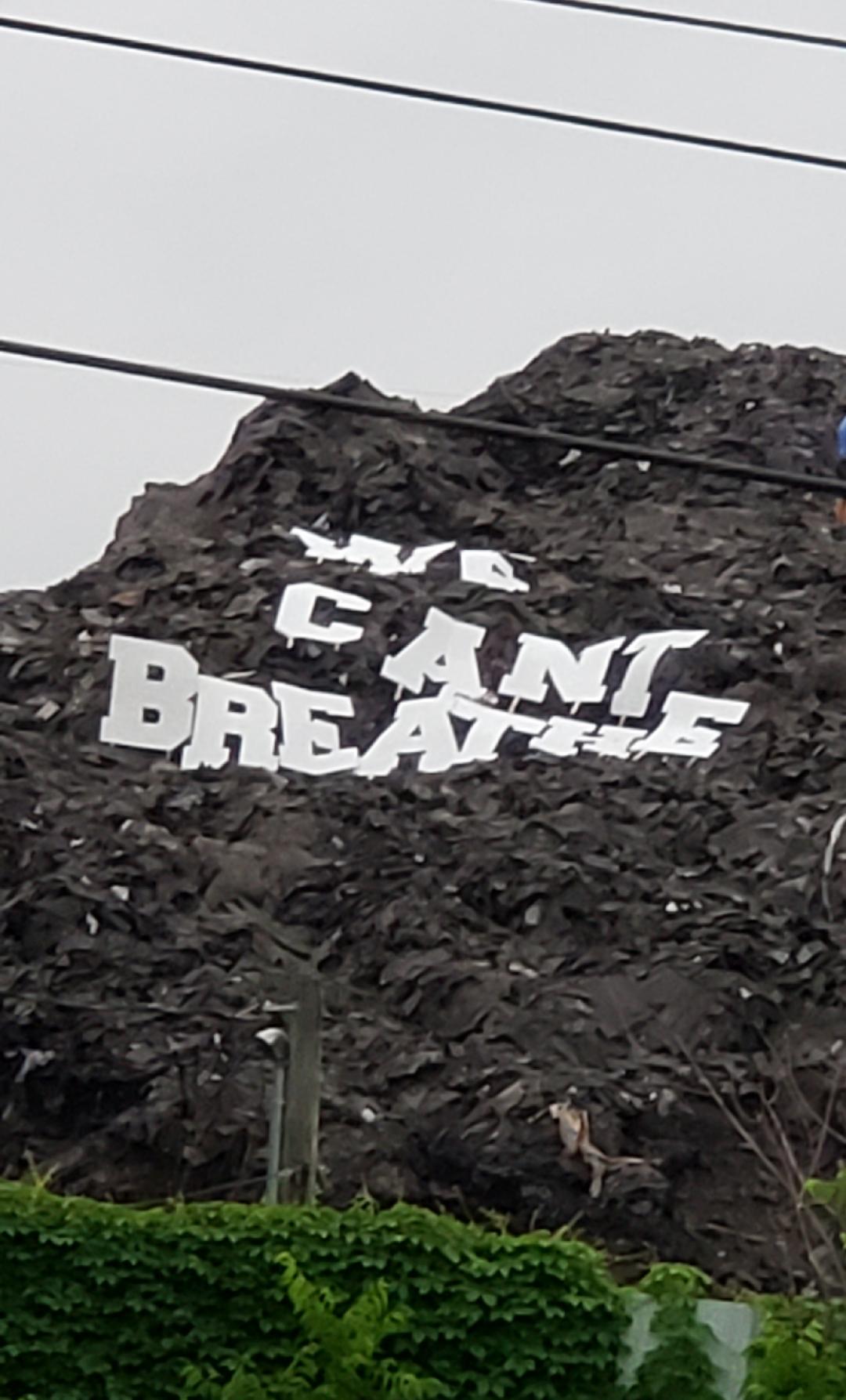Introduction: Dallas, Texas, a vibrant and bustling city known for its thriving economy and rich cultural heritage, also faces pressing challenges in terms of environmental justice. While it’s easy to be captivated by the glitz and glamour of the city, it is crucial to address the environmental inequities that disproportionately affect marginalized communities. This article aims to shed light on the urgency of environmental justice in Dallas, emphasizing the need for collective action and a sustainable, equitable future for all residents.
Environmental Inequities: In Dallas, like in many cities across the United States, low-income communities and communities of color are disproportionately burdened by environmental hazards. These neighborhoods often bear the brunt of industrial pollution, hazardous waste sites, and poor air quality, resulting in detrimental health outcomes for residents. This stark disparity reveals an unsettling truth: the right to a clean and healthy environment is not equally distributed among Dallas’s diverse population.
Air Quality: Dallas faces a significant challenge when it comes to air quality. The city’s rapid urbanization, coupled with industrial activities, contributes to high levels of air pollution. Unfortunately, communities living near major highways, industrial zones, and power plants often endure the worst impacts. The resulting respiratory issues, asthma prevalence, and increased vulnerability to other health complications highlight the urgent need for environmental justice.
Water Resources: Access to safe and clean water is a fundamental human right, yet many Dallas communities face barriers in obtaining this vital resource. Historically marginalized neighborhoods frequently experience inadequate infrastructure, leading to limited access to clean drinking water and inadequate wastewater management. Addressing these disparities is crucial to ensuring equitable distribution of water resources and safeguarding public health.
Climate Change: The impacts of climate change are felt globally, but they can exacerbate existing inequalities within communities. Dallas is no exception, as extreme weather events, rising temperatures, and intensified storms disproportionately impact vulnerable neighborhoods. These climate-related challenges can amplify health risks, economic disparities, and social vulnerabilities, requiring concerted efforts to mitigate and adapt to these changes.
Community Empowerment and Collaboration: To achieve environmental justice in Dallas, a multi-faceted approach that centers community empowerment and collaboration is essential. It starts with amplifying the voices of marginalized communities, acknowledging their unique experiences, and involving them in decision-making processes. Equitable policies and regulations should be enacted to ensure fair distribution of environmental benefits and burdens. Additionally, fostering sustainable practices, promoting green infrastructure, and supporting renewable energy initiatives can contribute to a cleaner, healthier Dallas for all.
Conclusion: Environmental justice in Dallas, Texas, is a pressing issue that demands our attention and action. Recognizing the unequal distribution of environmental burdens and the urgent need for equitable solutions is the first step towards a sustainable future. By prioritizing the voices of marginalized communities, implementing just policies, and fostering community collaboration, we can pave the way for a Dallas where every resident enjoys the benefits of a clean and healthy environment. Together, we can build a more equitable and sustainable future for all.




